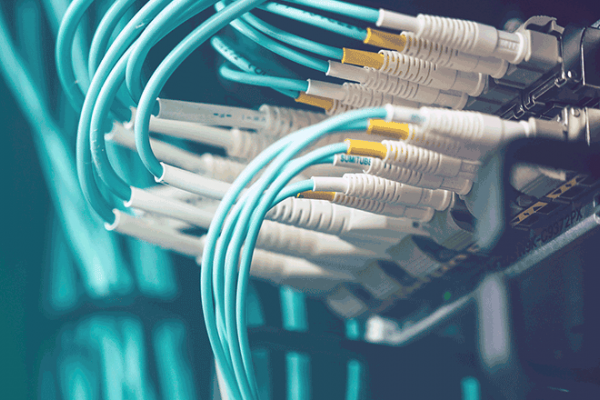Disney Streaming Services grew to 100 million subscribers within 18 months of launching - exceeding their subscriber targets 4 years ahead of schedule. So how did they scale quickly to meet exponential growth?
We sat down with Alima Wolfson, Senior Media Delivery Engineer, to learn more about:
How Disney Streaming ensures high-quality subscriber experiences
How streaming traffic patterns have changed over the past few years
And how Alima’s team works with outside partners to improve performance and reliability
What does your team do at Disney?
I’m on the media distribution technology team so we deal with everything and anything content delivery network-related here at Disney. We drive the technical setup, implementation of the config and work with different CDN vendors to deliver content across the globe to all of our subscribers. Our mission is to distribute the best video experience possible.
Here at Disney Streaming, we focus on the technology around video encoding and video manipulation, video media delivery for Disney+, ESPN+, and so on. It's very exciting for me to be part of a company that is all about being on the cutting edge of such streaming technology because let’s face it: streaming is everywhere nowadays. So, it is a space where there is a lot of novel technology and innovation.
How have traffic patterns changed as streaming became more popular?
With the pandemic, traffic patterns have changed a lot I think - and not just for streaming providers. For example, weekday traffic patterns began to look the same as weekends, as more folks were stuck at home during the week. We found it was a big outlet for parents and kids to watch shows and movies on their iPad, Roku, PS4, or whatever device. Because of this, we definitely saw traffic and media consumption patterns grow. Managing capacity and bandwidth at a local level became challenging as a result.
In response, we adjusted how we delivered content. This really ensured that our customers were able to experience our content in the best quality possible, without disrupting their local input service providers. At the end of the day, we don't want your local ISP to experience a bottleneck and keep you from watching your show.
How does your team measure success?
At Disney Streaming, we prioritize providing the best possible streaming experience for our subscribers. We measure success by how many of our subscribers like the product, and continue to like it. This means that we need to keep the playback experience as smooth as possible by constantly monitoring for issues such as buffering, latency, even network outages from an ISP. So, we try to be proactive, and if need be reactive, as we seek to give that great experience to our customers.
Your team works with partners like NS1 to deliver streaming content. How do you ensure reliability and performance across your overall delivery environment?
Because our team is responsible for that last mile delivery, we hold all our partners to very high standards to ensure that our customers get the best. We like to emphasize that we are in a partnership with those third-party vendors we work with. As we reach milestones, we celebrate them all together. We work very closely with our third-party CDN partners to ensure that the delivery architecture within the “middle mile” is top-notch. We also work with them to keep that delivery at the edge as smooth as possible.
Performance is really measured using client-side metrics as well as CDN metrics. So, we want content served out of our CDN caches and not from our origin infrastructure. This is something that we call cache efficiency. So, it's essentially the delta between how much we have served from our cache, which we consider a hit, versus how much we're serving from our origin, which is a miss. So, the higher that cache efficiency, the better, as that means the CDN has done its job.
Getting back to client-side metrics, we use this other set of KPIs to measure performance and reliability. We account for impacts to viewer sessions and aggregate how long it takes for a CDN to resolve it. Since we serve content globally, we want to ensure that the proper tools internally and externally are being used and are operational.
That's where NS1's DNS solutions have really helped us detect any issues and resolve them before they become a global issue. It’s a huge plus that NS1’s solution is API-based, because it helps us move away from manual setups, and use automation more. Let’s face it, automation is the future.
So, just to end on this, performance and reliability go really hand in hand. As we expand to newer markets and launch new services across the globe, we really want to work with all of these different partners to ensure that they maximize availability, capacity, performance, and reliability.
Watch the Full Fireside Chat with Alima
Catch the full session from INS1GHTS2021: Build the Better Future, or view other replays from the conference here: https://resources.ns1.com/ins1ghts-2021-replay


